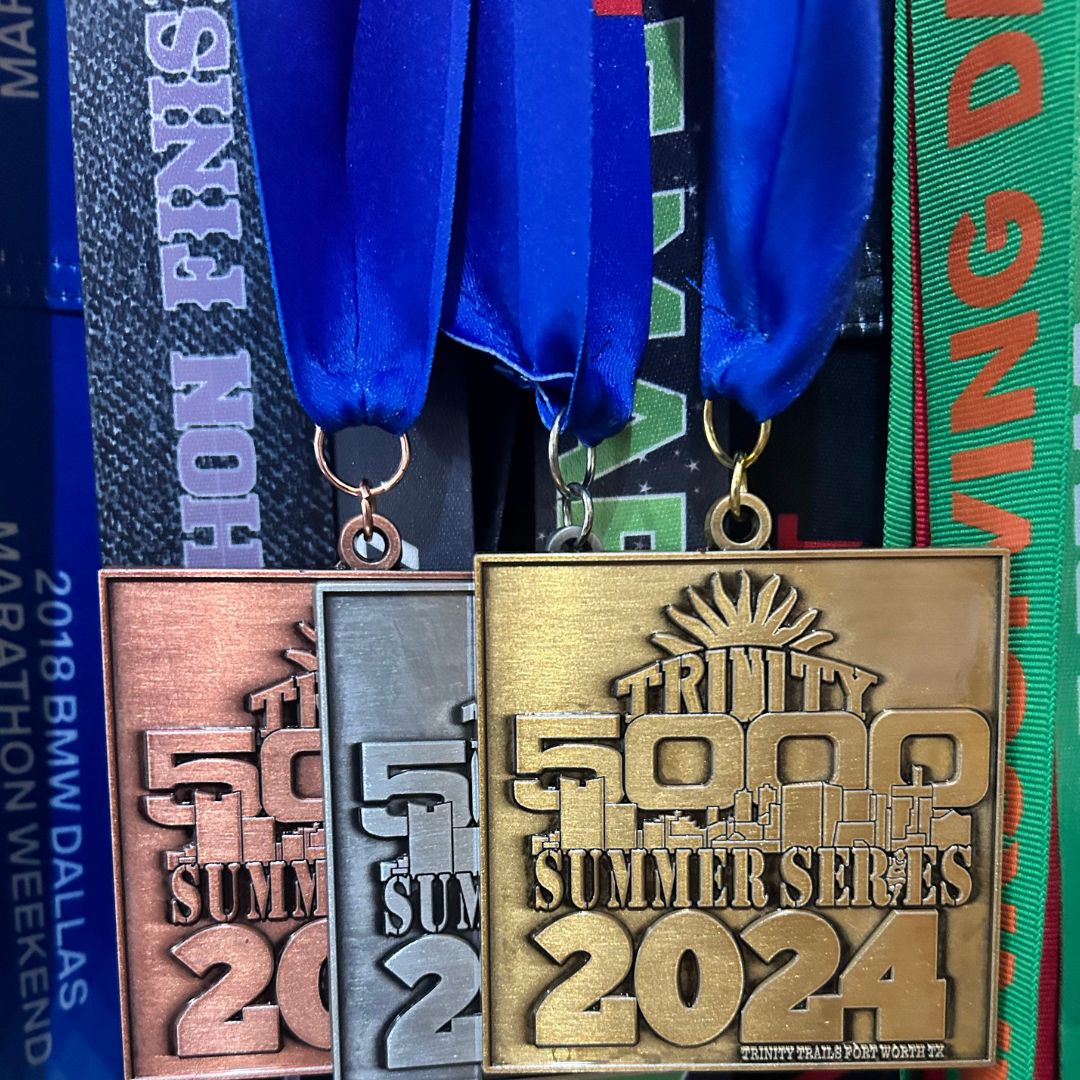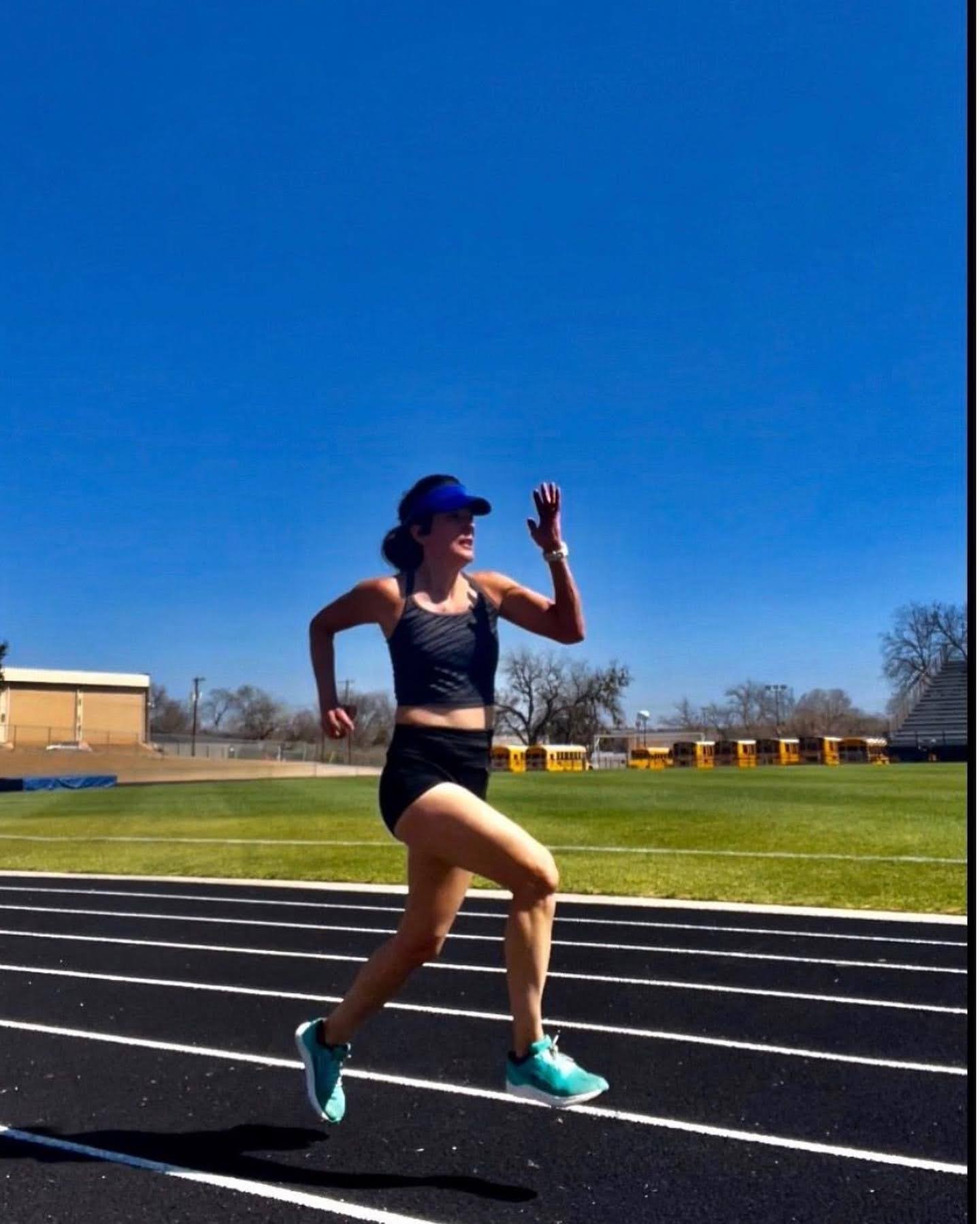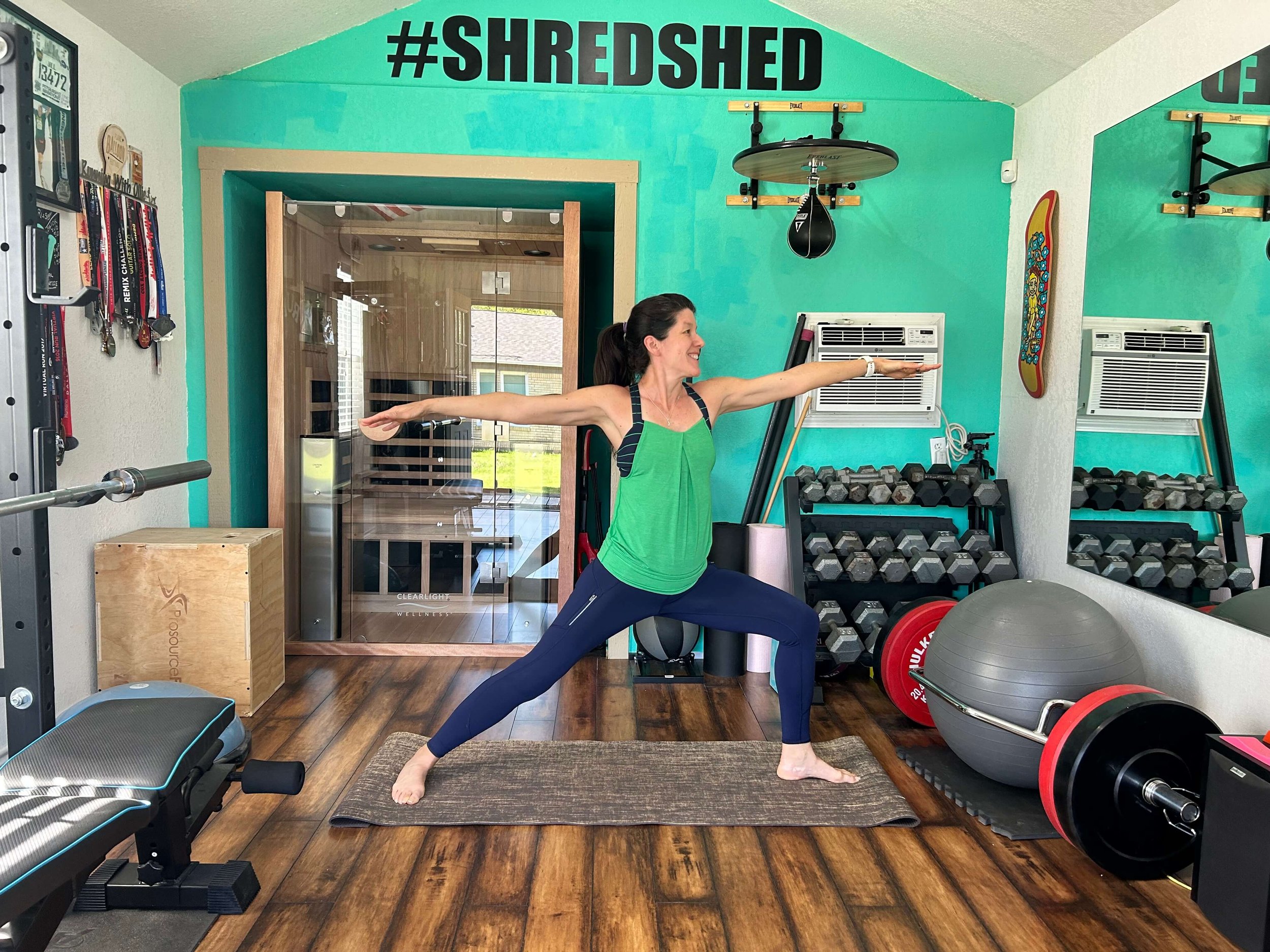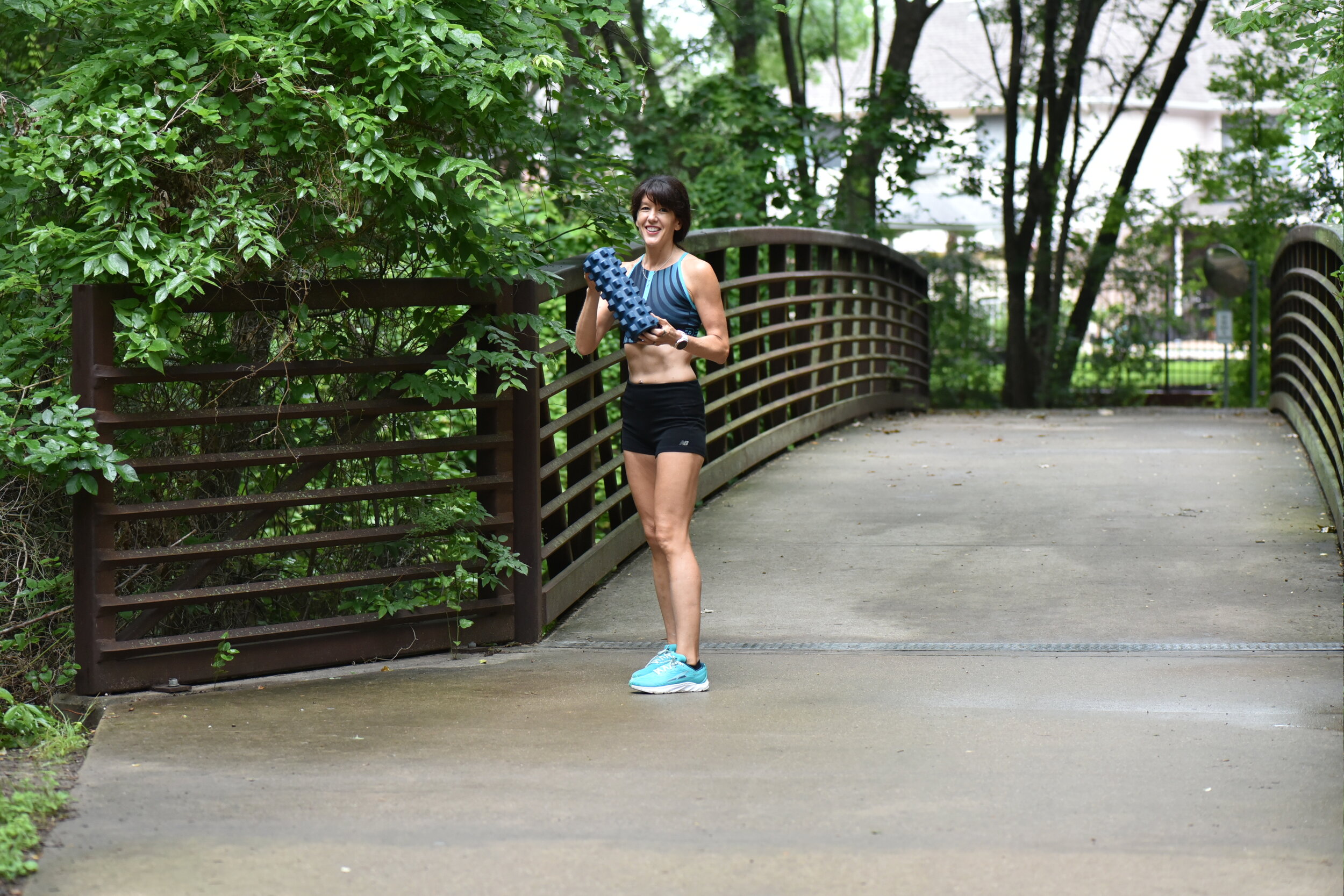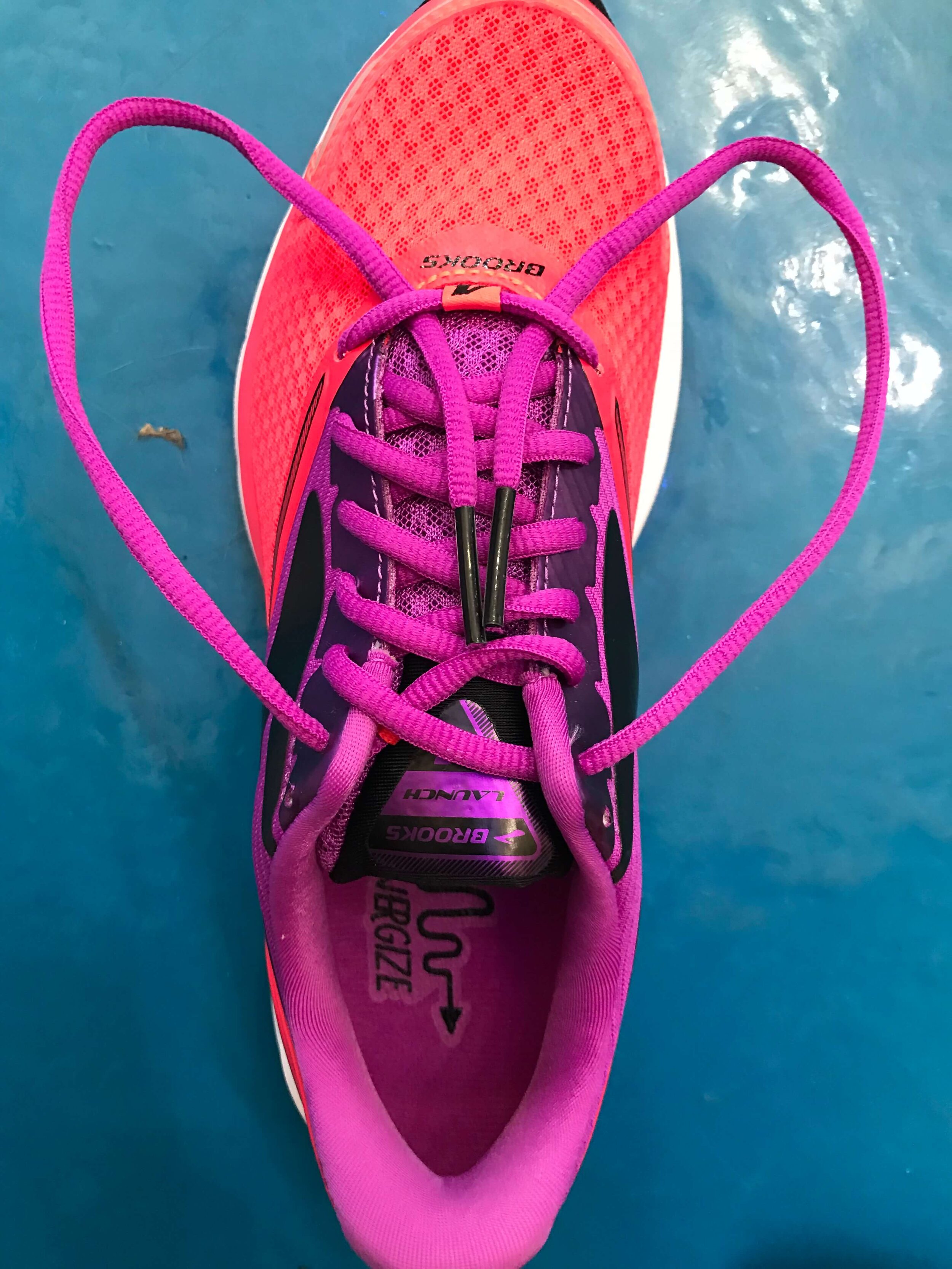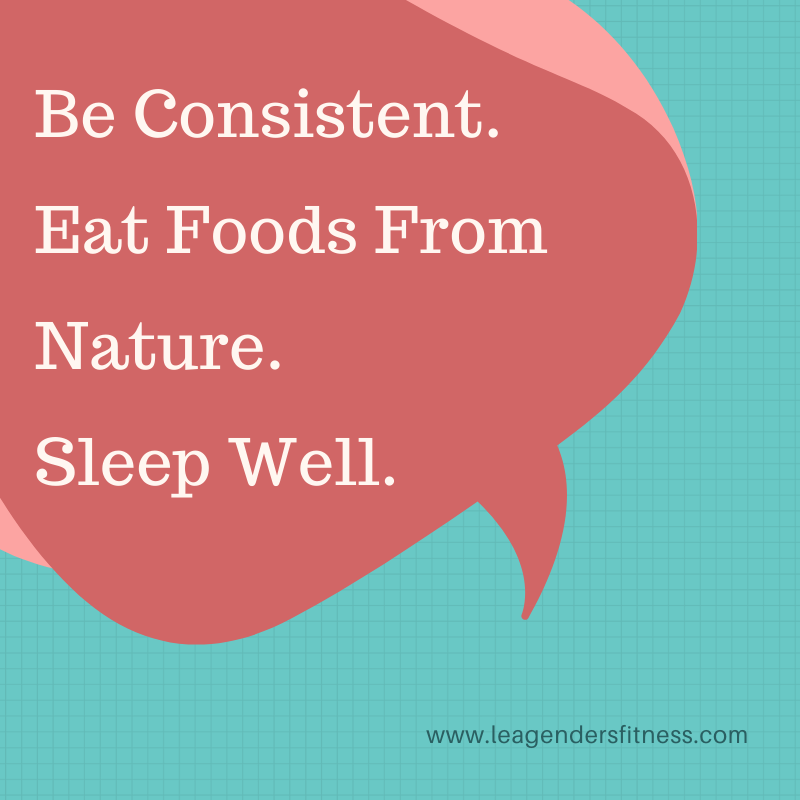If you want to be a better runner then it makes sense that you should focus on running more, but there is more to being successful than just running. Highly effective (aka fast and injury-free) runners don't just run, they follow these seven habits.
1. Run Consistently
The most successful runners run consistently, week after week, year after year. In order to improve you have to lace up those shoes on a regular basis. Work to build up fitness slowly over time and get in the habit of hitting the pavement on a regular basis. This doesn't mean you need to go from zero to 30 miles per week (that's a recipe for injury). Work towards a consistent running schedule over the long term.
2. Eat well
Athletes fuel properly for performance by consuming a variety of nutrient-dense whole foods. Aim for a mix of healthy carbohydrates, fats and protein in your diet.
Eating too little for your activity level can affect performance in a negative way, just as over consuming can leave you feeling bloated and sluggish. Finding the balance of healthy foods you enjoy in proper portions is the key to success. I wrote more about nutrition for athletes in this post.
3. Recover Well
Great runners recover well. For proper recovery from those workouts aim for 7-9 hours of sleep each night. Don't underestimate the importance of sleep as it relates to running success. Most of our body's recovery processes happens during sleep. If you are not improving over time despite your best efforts, sleep (or lack thereof) may be to blame.
We always seem to be looking for the magic bullet to achieve our goals, new supplements, intense workout routines, macro manipulation and meal timing. While these things can be helpful as we work to meet our goals, we shouldn't be attempting advanced strategies until the basics are covered. Sleep is an important basic. Are you getting 7-9 hours of quality sleep?
Speaking of recovery, rest days are an important part of any successful runner's training cycle. For best results allow at least 48 hours in between intense workouts. Adaptations (getting faster and stronger) happen during rest, not during the workout, so be sure you give your body the time it needs to recover and rebuild. Alternate between high intensity workouts with low intensity workouts and rest days.
An example week might look like this:
Monday: High intensity interval workout
Tuesday: Rest day (or active recovery, like walking or gentle Yoga)
Wednesday: Low intensity workout
Thursday: High intensity or low intensity workout
Friday: Low intensity workout or rest day
Saturday: Long run
Sunday: Rest day
Try to avoid back-to-back intense or long workouts in order to properly recover. It's not about hammering yourself into the ground for results. Your body will thank you and you will reap the benefits in your performance.
4. Log Workouts
Great runners track their workouts and progress in training logs. In order to reach your goals, it is helpful to know where you are and where you came from. When you keep track of weekly mileage, average pace, as well as heart-rate and intensity you can make outcome-based decisions on what comes next in your training.
Maybe you'll notice that you always feel drained with heavy legs on early morning runs, but feel fast and efficient in the afternoon. Tracking may reveal that too many speed work sessions in one week leaves you feeling drained and overworked. Maybe you find that adding an extra tempo run in a week improves your half marathon pace. It's hard to know what is working or not working until you track and monitor it.
I noticed that if I ran more than two days in a row, I would experience some hip pain. I backed off running on that third day for rest and the hip pain went away. The journal helped me see that pattern and I adjusted my training plan to fit my needs.
When you document your runs you can follow the trends and make adjustments as needed. Keeping track of your runs, how you feel and your recovery can help you make decisions that will set you up for success in the future.
5. Strength Train
In order to be a great runner, it pays to take some time for strength training. Runners can develop muscle imbalances and overuse injuries. Performing full body workouts while focusing on strong hips, hamstrings and core with a supplemental strength training program can help you become a faster, stronger and less injury prone runner. This blog is devoted to strength training for runners, so click around for a lot of strength training workout ideas.
6. Stretch and Foam Roll
Most of us mere mortals have both overactive and underactive muscles. This means that some muscles are working too hard and are tight, shortened/overactive, while other muscles are underactive and not pulling their weight (so to speak), so they need to be strengthened.
Stretching and foam rolling can help with those overactive, tight muscles. Runners can improve overall flexibility and work to correct muscle imbalances by foam rolling before runs and stretching after every run. I wrote a post about foam rolling that may be helpful.
7. Build Mental Toughness
Mental toughness is learning the difference between physical pain and mental pain. Never attempt to push through physical pain in the muscles or joints during runs. Physical pain is the body's way of notifying you that something is wrong. However, often the pain we feel is mental anguish. When we work to keep going when our minds tell us to quit or we push through another tough mile, lap or rep, it builds the mental toughness that is necessary to be a highly effective runner. We almost always can do more than we think we can. Test that theory to watch your results skyrocket.
Like this post? It helps me a lot when you share with your friends and followers




